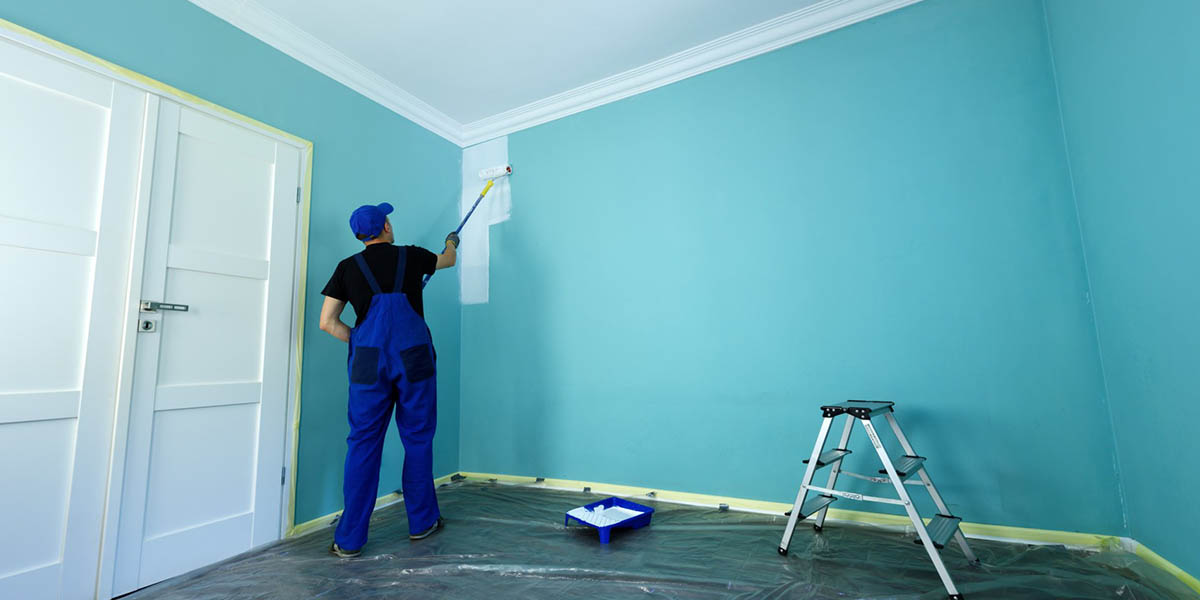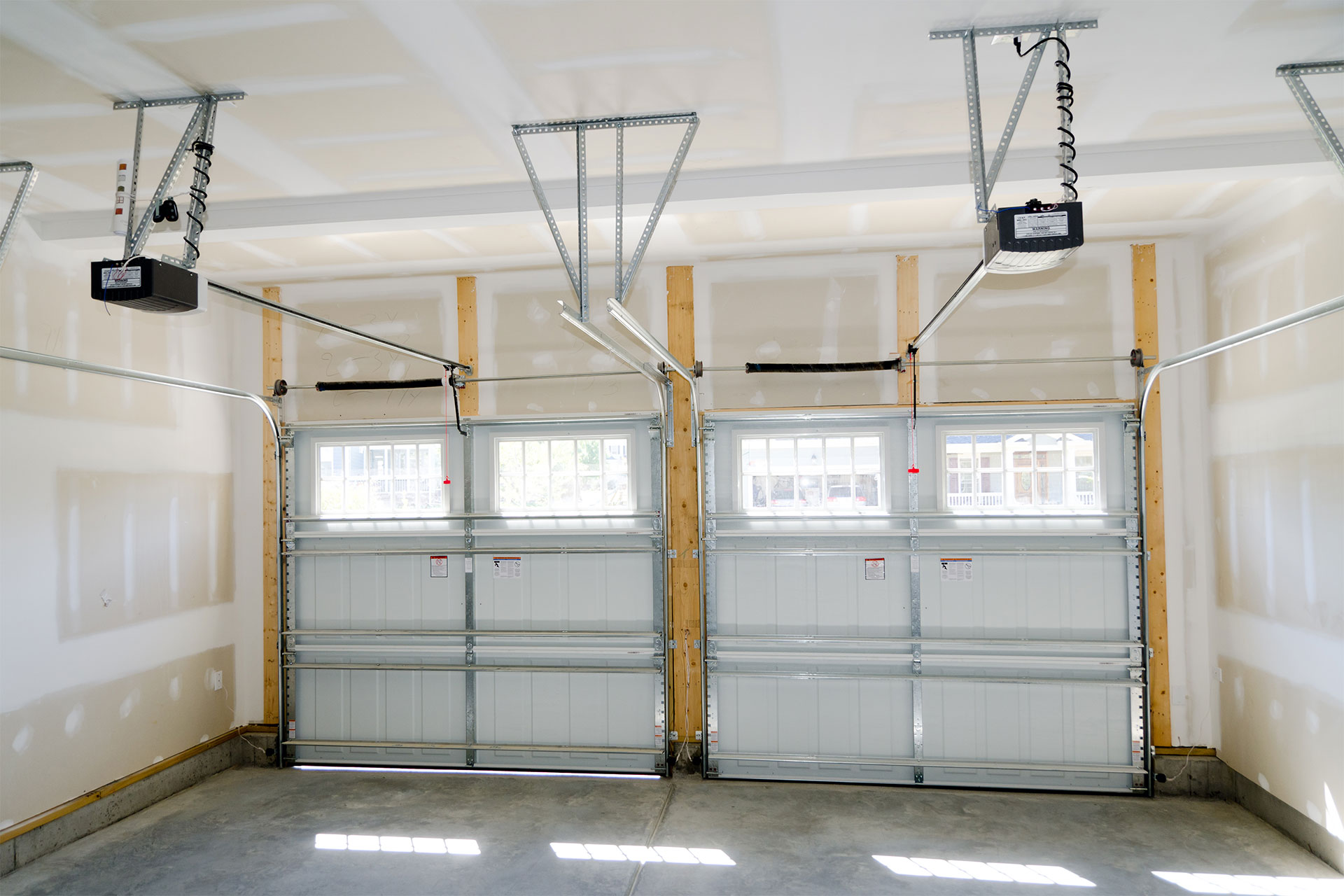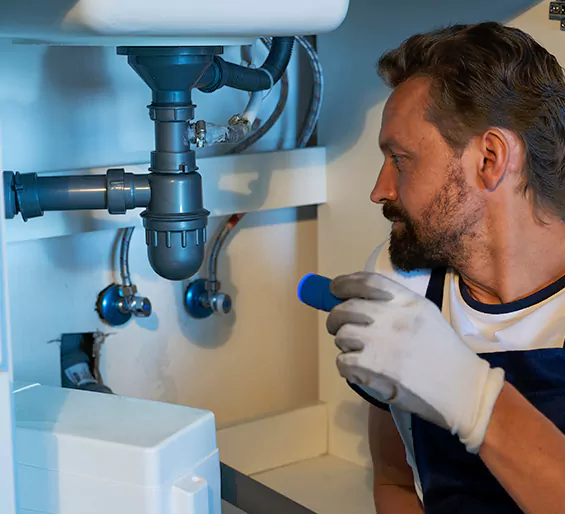Expert Tips for Successful Sump Pump Installation in Toronto: Avoid Common Pitfalls

A properly installed sump pump can protect your basement from water damage and flooding. However, Sump Pump Installation in Toronto requires careful planning to ensure efficiency and durability Sump Pump Installation Toronto. Many homeowners make mistakes that lead to premature failure or reduced performance. In this guide, we’ll share expert tips to help you install your sump pump correctly and avoid common pitfalls.
Why Sump Pump Installation is Essential in Toronto
Toronto’s climate brings heavy rainfalls and melting snow, making basements vulnerable to water intrusion. A sump pump prevents water buildup and helps maintain a dry, mold-free home. Without a properly functioning sump pump, homeowners risk costly repairs due to water damage.
Expert Tips for a Successful Sump Pump Installation
1. Choose the Right Type of Sump Pump
There are two main types of sump pumps:
- Submersible Pumps: Installed underwater, these are quieter and more durable.
- Pedestal Pumps: Positioned above the sump pit, these are easier to maintain but can be noisier.
Select a pump that suits your basement’s needs and budget.
2. Proper Sump Pit Placement
The sump pit should be located at the lowest point of your basement where water naturally collects. Ensure that it is deep enough (at least 24 inches) to allow the pump to function efficiently without short cycling.
3. Install a Check Valve
A check valve prevents backflow of water into the sump pit. Without it, your pump may have to work twice as hard, reducing its lifespan.
4. Ensure Proper Drainage
Your sump pump’s discharge pipe should direct water at least 10 feet away from your home’s foundation. Improper drainage can lead to water re-entering your basement.
5. Use a Backup Power Source
Toronto experiences power outages during storms, which is when your sump pump is most needed. Installing a battery backup or a water-powered backup pump ensures continuous operation even during blackouts.
6. Test the Pump Regularly
After installation, test your sump pump by pouring water into the pit. The pump should activate automatically and drain the water efficiently. Regular testing (at least once every three months) ensures your system is in working condition.
7. Keep the Pit Clean
Dirt and debris can clog the pump and reduce efficiency. Periodically clean the sump pit and remove any obstructions to maintain smooth operation.
Common Pitfalls to Avoid
Ignoring Manufacturer Guidelines
Each sump pump comes with specific installation instructions. Ignoring them can lead to poor performance or void warranties.
Using the Wrong Pipe Size
Incorrect pipe sizing can lead to inefficient water discharge. Follow the manufacturer’s recommendations for the correct pipe diameter.
Skipping a Backup System
Relying solely on an electric sump pump is risky. Always install a backup system to prevent basement flooding during power failures.
Improperly Sealing the Sump Pit
An open sump pit can allow moisture and unpleasant odors to spread throughout your basement. Ensure the pit is properly sealed while still allowing for easy maintenance.
Neglecting Professional Installation
While DIY installation may seem cost-effective, professional installation ensures long-term reliability. Experienced professionals can assess your home’s specific needs and install the system correctly the first time.
Final Thoughts
A well-installed sump pump is crucial for preventing basement flooding and water damage in Toronto. By following these expert tips and avoiding common mistakes, you can ensure your Sump Pump Installation in Toronto is efficient and long-lasting.
For professional sump pump installation services, visit LeaQuida and protect your home from water damage today!







